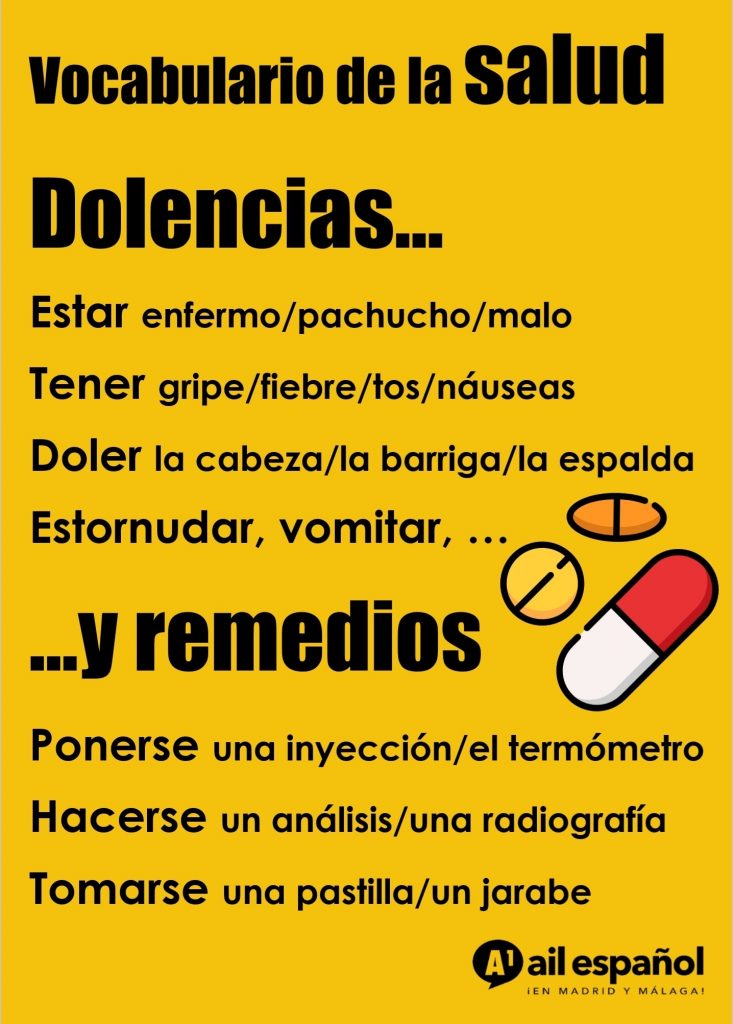If you want to improve your fluency, as well as sounding like a local, you need to be learning numbers in Spanish! This exercise is really useful for shopping, giving quantities, and expressing dates, as it teaches you how to structure large numbers in Spanish. For example, to find out how much something costs in a shop, or to ask for a weight of food at a market, you need to be confident expressing large numbers. Repeat the phrases over and over and soon they will be easy! You will be surprised how useful this activity is, and how often you find yourself reciting these numbers…
You will soon be singing these number tongue-twisters in your sleep… Also, here’s an idea! Once you have learnt how to say all the numbers with 3’s, it is easy to pick up other numbers. The structure is the same, you just have to tweak it slightly!

Learning numbers has never been so easy! If you want more infographics like this to improve your Spanish speaking skills, head to our website, where you will find activities for every ability!
To learn more great hints and tricks to sounding like a local, why not read this article next: Health Vocabulary – Spanish Exercises





